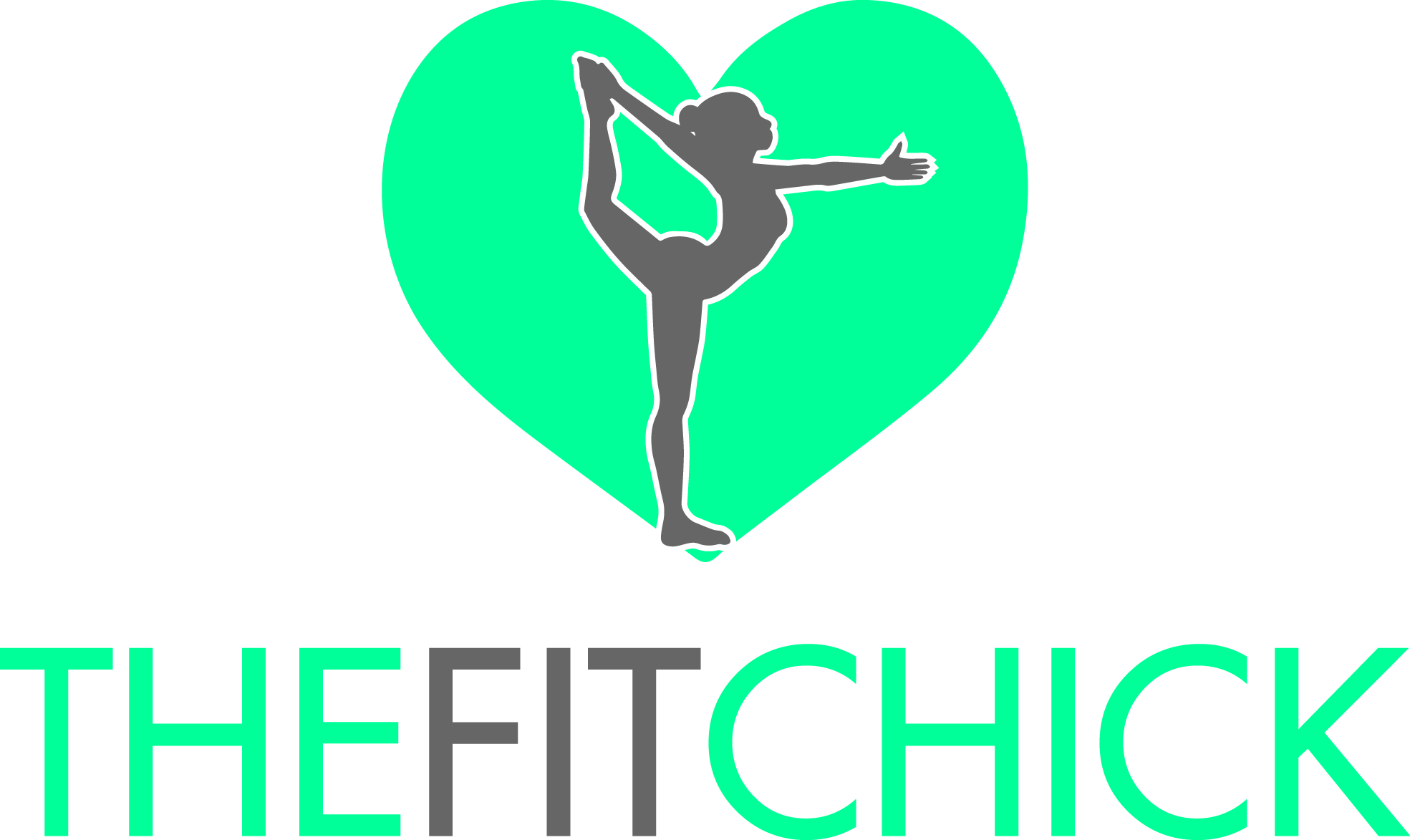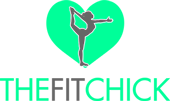It’s not your fault.
In the majority of fitness classes (including some yoga styles), the “core work” (typically abdominal exercises) is done at the end or in the middle of the workout if at all.
We need to be engaging our “core” at the start of the class or workout in a more active-type* way. And that’s why I wrote, “It’s not your fault” above. You are simply following the instructor’s cues and directions.
The first thing to understand is the “core” isn’t just the muscles that make up our six-pack of Abs (that we know are under there)! The core includes the multiple layers of muscles that run in different directions and span more of a distance and space than you probably realized, to include the hips, pelvis, legs, around the back and even the include the diaphragm (and our breathing). These are the muscles of stability that we need to be aware of and “turn them on” so that we can have more pain-free mobility.
Now if you are one of the over 80% of the population that has experienced low back pain (LBP), the information above is vitally important. Because without awareness and some correction, at some point in your life, the majority will have it reoccur. (raises hand) Achieving and maintaining a strong core will help minimize lower back issues.
If you have back pain you are probably not going to want to work out. If you experience LBP or discomfort after attending a class, you are probably not going to want to go back to it, right?
Here are some things to remember at the start of your workout (and throughout):
- Contract your abdominal muscles by sucking ‘em in (almost like you’re doing a crunch but you’re not moving your upper body or rounding forward),
- Tilt your pelvis under
- Grow your spine long.
- Maintain this while you breathe deeply.
- This is a challenge, because in general, we either breathe into the upper half of our body or we just forget to breathe (as funny as that sounds)!
- Bonus points if you also squeeze your glutes because they are ALSO involved with core kinematics, lower back issues and are terribly underutilized.
If you are on a mat, instead of stretching:
- Get in a plank position on your elbows [not in a straight, extended arms or push-up position] to better activate your core.
- Same tips as above – suck in your stomach, grow long, keep breathing, etc.
* “Active” is the opposite of “static” and just means that we are doing an activity and using our muscles in a more functional way as we’re moving (vs. lying on the ground doing crunches).


